India’s green energy ambitions hinge significantly on the availability of critical minerals, indispensable to technologies like solar panels, wind turbines, electric vehicles (EVs), and battery storage. To secure these vital resources, the Government of India launched the National Critical Mineral Mission (NCMM) in 2025. Spearheaded by the Geological Survey of India (GSI) and coordinated by the Ministry of Mines, the mission aims to reduce import dependency, strengthen domestic capabilities, and enhance global competitiveness through focused exploration, processing, and recycling of critical minerals.
Key Highlights of the National Critical Mineral Mission (NCMM)
Mission Objectives
- Ensure long-term availability of critical minerals.
- Enable domestic exploration and reduce import reliance.
- Build strategic foreign partnerships for overseas asset acquisition.
- Develop value chains for mining, processing, and recycling.
- Promote innovation, R&D, and skill development.
List of Identified Critical Minerals
- In 2022, a committee identified 30 critical minerals.
- 24 minerals were included under Part D of Schedule I of the MMDR Act, 1957, giving exclusive auction rights to the central government.
- These include lithium, cobalt, rare earth elements (REEs), nickel, tungsten, tellurium, silicon, and more.
Applications of Critical Minerals
Solar Energy
- Minerals: Silicon, tellurium, indium, gallium
- Current capacity: 64 GW
- Critical for photovoltaic (PV) cell production
Wind Energy
- Minerals: Dysprosium, neodymium (rare earths)
- Goal: 140 GW by 2030 (from 42 GW)
Electric Vehicles (EVs)
- Minerals: Lithium, nickel, cobalt
- Mission: 6–7 million EVs deployment (NEMMP target)
Energy Storage
- Minerals: Lithium, cobalt, nickel
- Used in lithium-ion batteries for grid-scale storage
Strategic Mineral Stockpile 5 mineral stockpiles
Strategic Components of the Mission
1. Exploration Drive
- 195 new projects in 2024-25, with 35 in Rajasthan.
- Over 100 critical mineral blocks to be auctioned.
- Offshore exploration in areas rich in polymetallic nodules (Co, Ni, Mn, REEs).
- Use of UNFC classification and MEMC Rules, 2015.
2. Fast-track Reforms
- Launch of Exploration Licence (EL) for private players.
- Relaxed rules and incentives for recovery from secondary sources (e.g., fly ash, red mud).
3. Global Asset Acquisition
KABIL (Khanij Bidesh India Ltd),
- Agreement with Argentina’s CAMYEN SE (15,703 ha lithium block).
- MoU with Australia’s Critical Minerals Office.
- Coordination with MEA for strategic diplomacy.
- Support to private and public firms through funding and guidelines.
4. Domestic Industry Boost
IREL (India) Limited
- Produces ilmenite, zircon, garnet, and rare earths.
- Rare Earth Extraction Plant in Odisha, Refining Unit in Kerala.
- Over ₹14,625 million turnover in 2021–22.

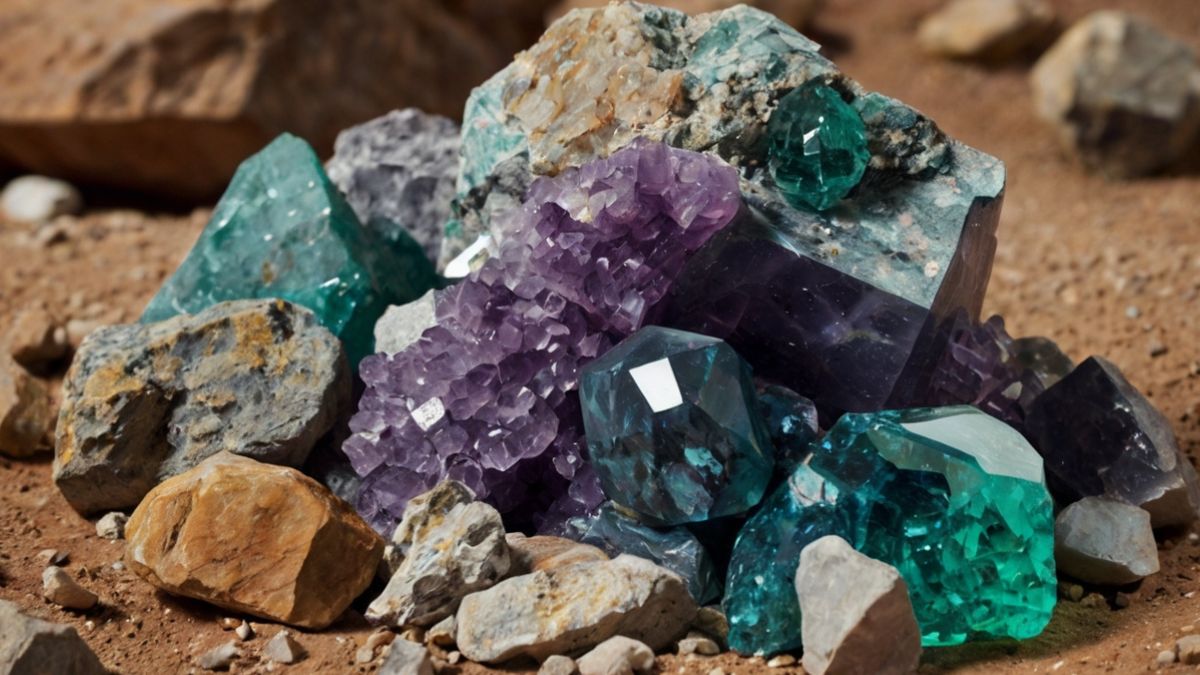
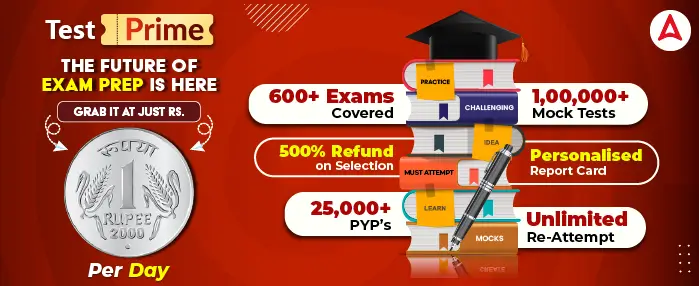
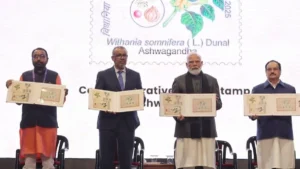 Prime Minister Releases Commemorative Po...
Prime Minister Releases Commemorative Po...
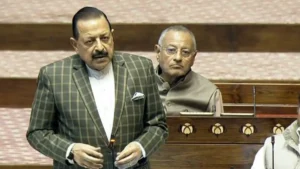 Parliament Passes SHANTI Bill, AERB Gets...
Parliament Passes SHANTI Bill, AERB Gets...
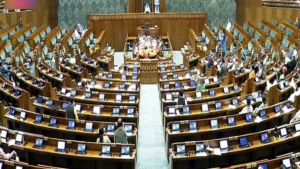 Viksit Bharat G RAM G Bill Passed in Lo...
Viksit Bharat G RAM G Bill Passed in Lo...







